As our cost of living rises, many of us are looking to reduce our household spending.
Promotions on the food we eat, such as buy one, get one free, reduced price or meal deals, can seem like a good value option.
We all take advantage of promotions. Perhaps picking up a drink and chocolate bar when filling up our car or when nipping in to buy food shopping. They can help us buy the things we need for less. They can also encourage us to buy things we don’t need or more than we planned. When it comes to food, this “extra” purchase as a result of promotions can be as much as 18%.

Food Standards Scotland’s (FSS) evidence shows that we buy a considerable amount of our groceries on price promotion (27% in 2020). They also feature when we buy food away from home, for example from restaurants, cafes and takeaways.
It’s not just price promotions either – where an item is placed within a store can also influence our decision to buy it. Placing products in prominent locations such as at the store entrance, at the checkout, or at the end of an aisle can also make us more likely to buy them.
It’s hard to resist a good deal
The problem is that many of these promotions are on products which contain high levels of fat, sugar or salt. We know that particular products are often bought on price promotion. This includes items such as cakes, biscuits, pastries, savoury snacks, sugary drinks and alcoholic drinks.
These are foods and drinks that are “discretionary” in our diets. In other words, we don’t really need them and, yet, they typically make up around a fifth of all the calories we eat.
Many people find it hard to eat a healthy balanced diet, and we agree that it is challenging. The high level of promotion of unhealthy food encouraging us to buy unhealthy food makes this even more difficult. It’s really hard to resist a good deal!
Restricting promotions on less healthy food and drink is not the only change needed to improve our nation’s poor diet, but it is an important one
FSS have long argued for the restriction of promotions on discretionary or less healthy foods. But what impact would it have?
The truth is that restricting promotions on less healthy food and drink is not the only change needed to improve our nation’s poor diet, but it is an important one.
Restricting promotions could improve diet
Research carried out by Scotland’s Rural College (SRUC) and the University of Aberdeen found that removing price promotions on discretionary foods alone could reduce our calorie intakes by around 600kcal per person, per week. Restricting other types of promotions, such as where a product is displayed, and on other foods high in fat, sugar or salt, could increase this number by even more.
With costs rising for everyone, it is understandable that the idea of reducing promotions could be unpopular. Yet, promotions aren’t saving us money if they encourage us to buy something we weren’t planning to in the first place.
Many promotions also tend to be on more expensive products to begin with. This means that there are often cheaper alternatives. This isn’t about punishing consumers or even stopping people from buying particular products. It is about making it easier for us all to make our choices healthier.
The Scottish Government’s consultation exploring restrictions on promotion of high fat, sugar or salt foods is open until September 23 and provides an opportunity for everyone to have their say.
Alana McDonald is senior public health advisor at Food Standards Scotland
Gillian Purdon: Including calories on menus would encourage businesses to do better
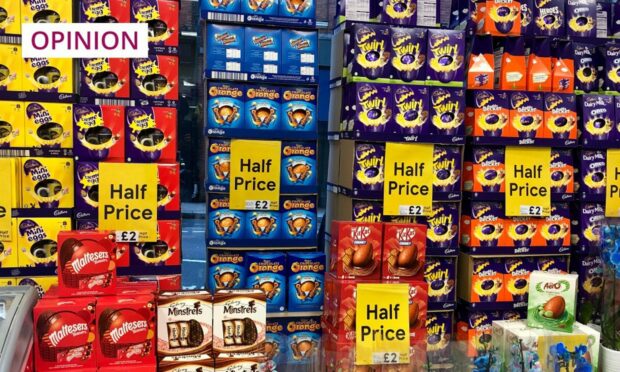
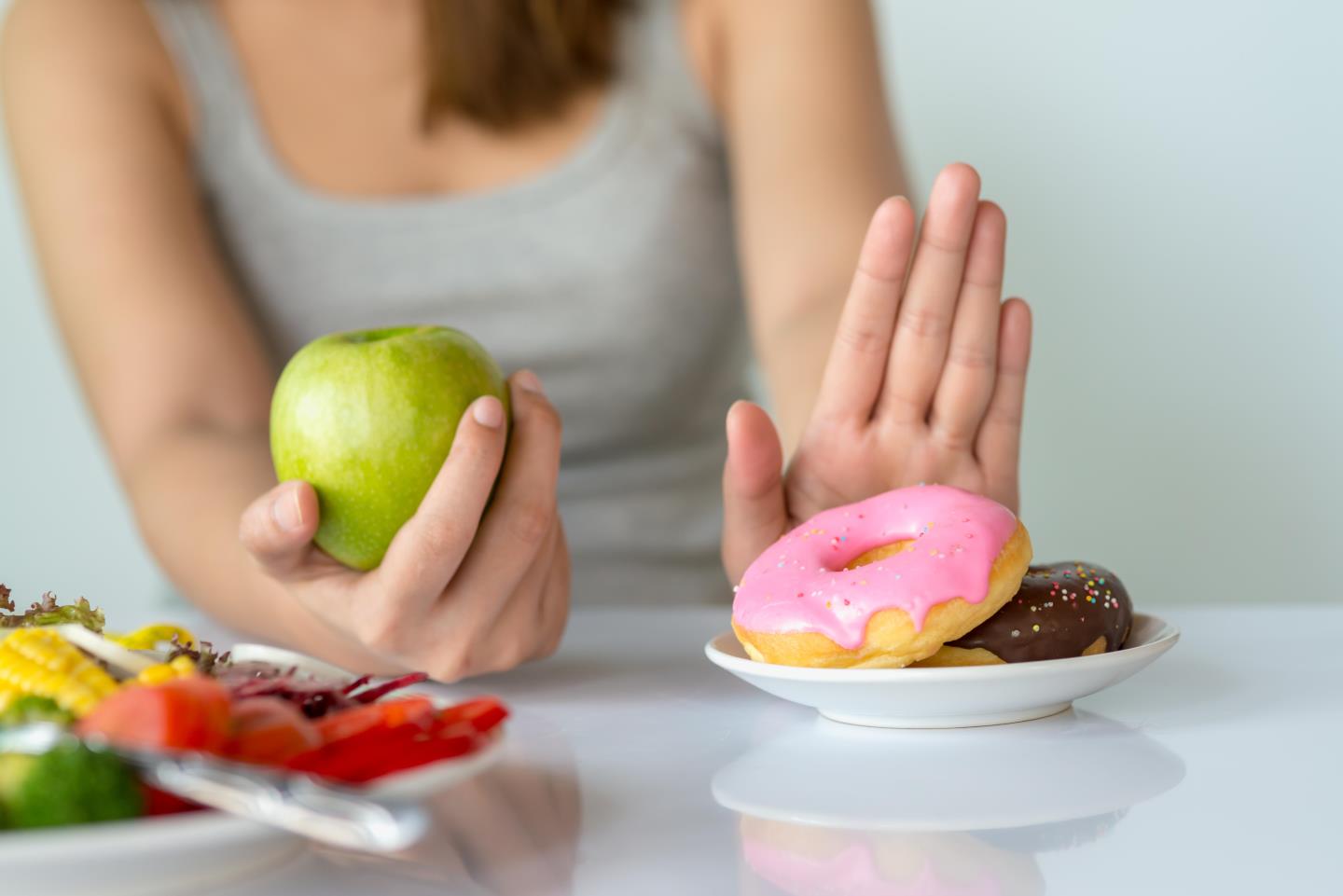


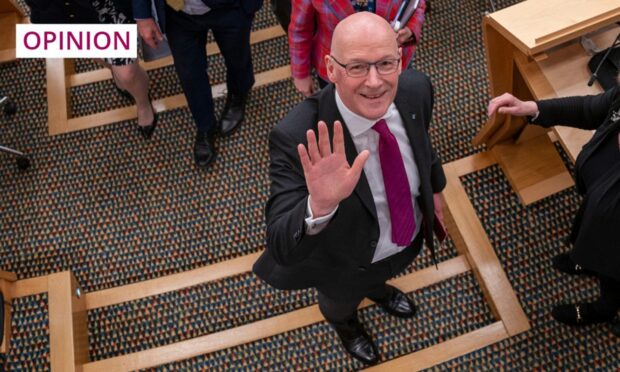




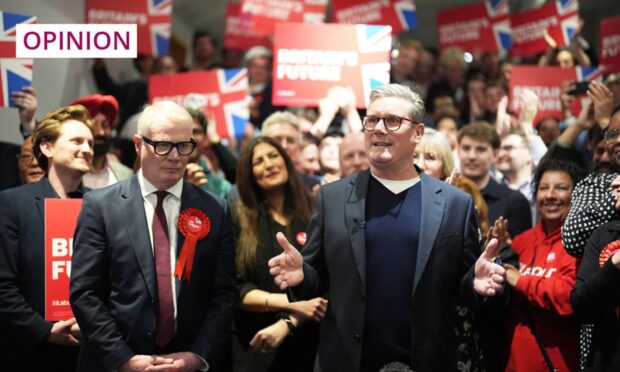
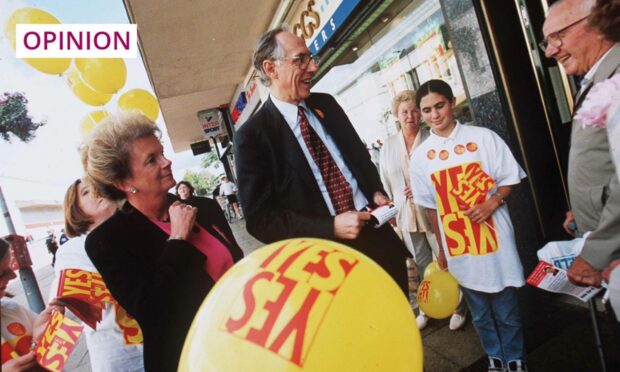

Conversation